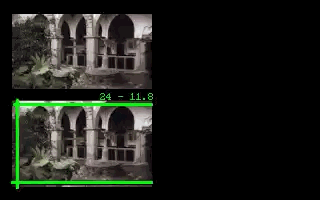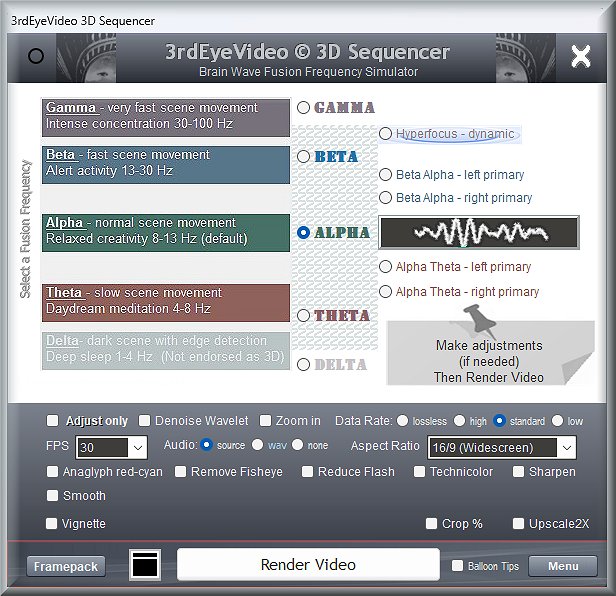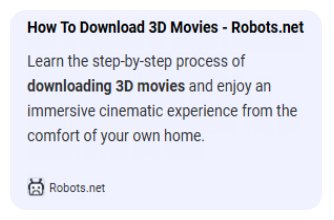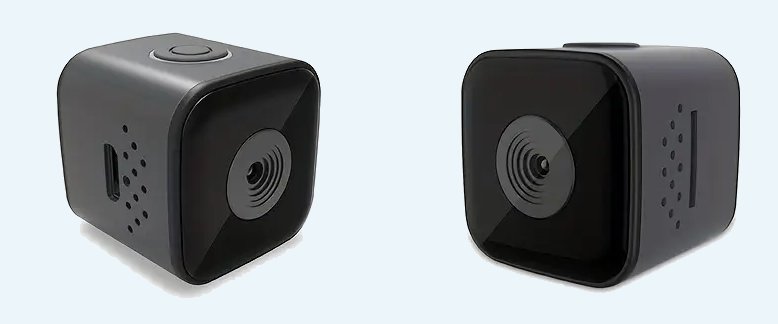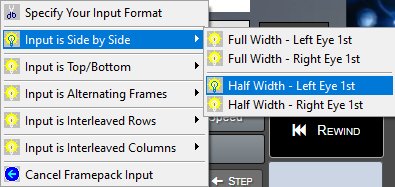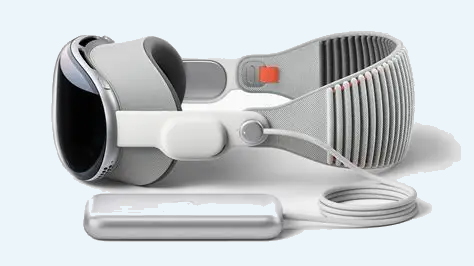|
|
Real or Fake 3D?
BinaryVision renders real 3D
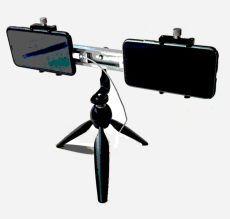
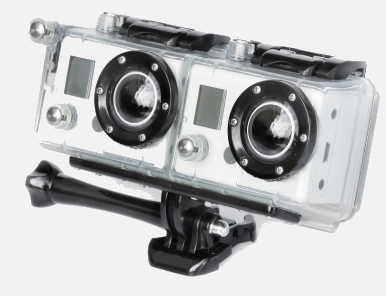
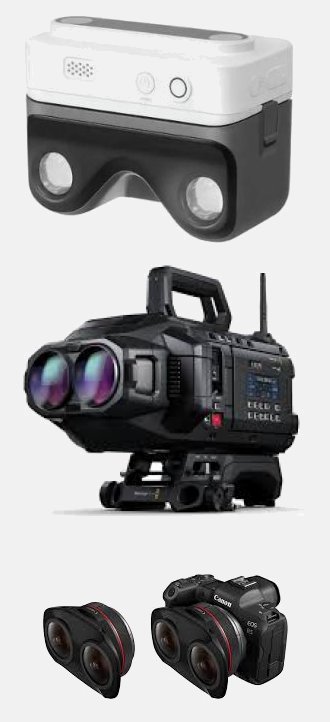
"While film studios are cashing
in on 3D films, many are 'faking it' by converting 2D movies
into 3D post-production. Worse, they're not upfront in their
advertising, and many people feel ripped off after paying
extra fees for the '3D Experience.'" - Philip Dhingra
(realorfake3d)
When shooting a real 3-dimensional movie, two camera lenses are
paired to
capture views of the same scene from slightly
different angles (positioned about six and a half centimeters apart). The difference in viewpoint between the left and right
lens is known as parallax. BinaryVision
brain wave-patterned algorithms
merge the left and right views of two paired
inputs to render 3D videos that can be watched without
special glasses (autostereoscopy).
![]() Create 3D videos without a
camera.
Create 3D videos without a
camera.

![]() Watch 3D videos
without special glasses.
Watch 3D videos
without special glasses.
BinaryVision software can also convert between conventional 3D video framepacks. It supports industry-standard display protocols including side-by-side, half-width, anaglyph and more.
Above are 3D scenes from: "The Legend of Hercules," (2014). Below are 3D scenes from: "Jurassic World," (2015). Displayed here for educational purposes only.
|
|
|
|
|
|
Displayed here for educational purposes only.)
Introducing 3rdEyeVideo
The first 3D viewing devices or Stereoscopes were made in the 1800s by Sir Charles Wheatstone and David Brewster. The View-Master toy evolved in the 1950s and 60s. The Google Cardboard viewer stirred interest in Virtual Reality (VR) applications.
Stereographs (also known as wigglegrams, piku-piku, wiggle 3-D, wobble 3-D,
and
wiggle stereoscopy) are still images that simulate a 3D effect by displaying two views
of a scene for the left and right eyes. Wigglegrams
are left and right single image pairs alternating in a short
animated loop:

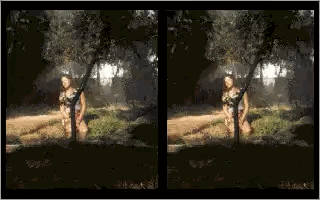
BinaryVision extends 3D filmmaking with innovative GPU-accelerated
3rdEyeVideos (also known as
wigglevids) based on brain wave frequencies. By intermixing input streams, its algorithms can render
full motion videos
rather than still images:
|
3D scenes from: "Avatar: The Way of Water," (2022). Displayed here for educational purposes only. |
"Stereographs on Steroids"
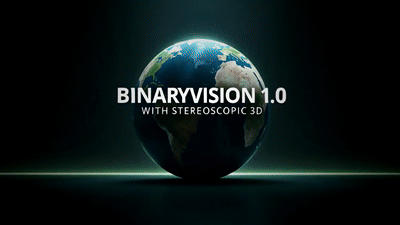


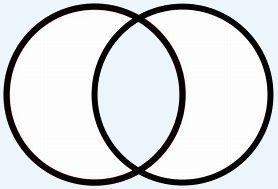 The 3D
convergence area (stereopsis, or stereoscopic sweet spot) is usually
within the two-lens overlapping field of focus. An intersecting ellipse
(vesica piscis) allocates binocular vision (%) and appears three-dimensional with little or no rocking effect or wobble inside the
convergence region (the subject's face in this example).
The 3D
convergence area (stereopsis, or stereoscopic sweet spot) is usually
within the two-lens overlapping field of focus. An intersecting ellipse
(vesica piscis) allocates binocular vision (%) and appears three-dimensional with little or no rocking effect or wobble inside the
convergence region (the subject's face in this example).
